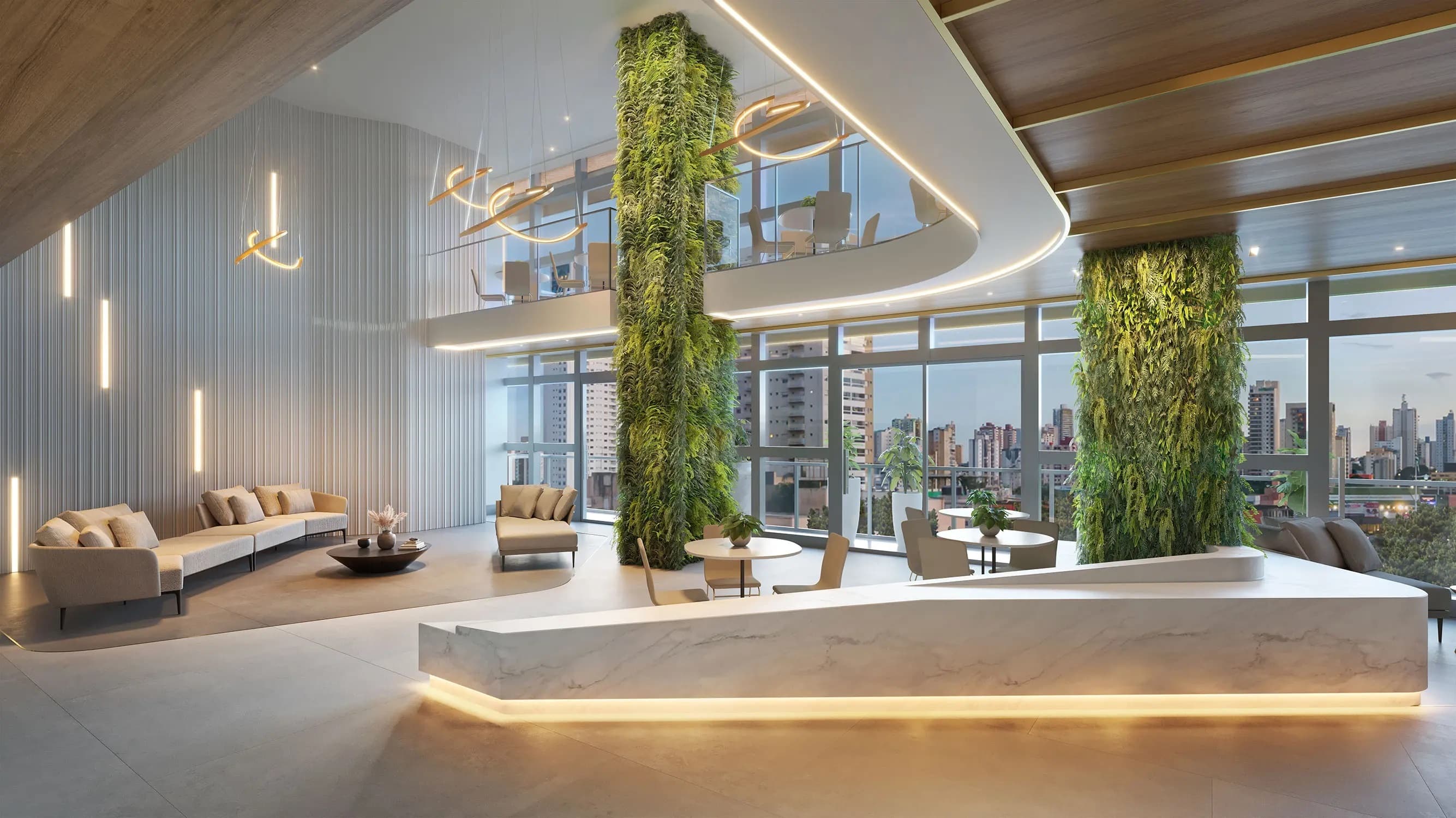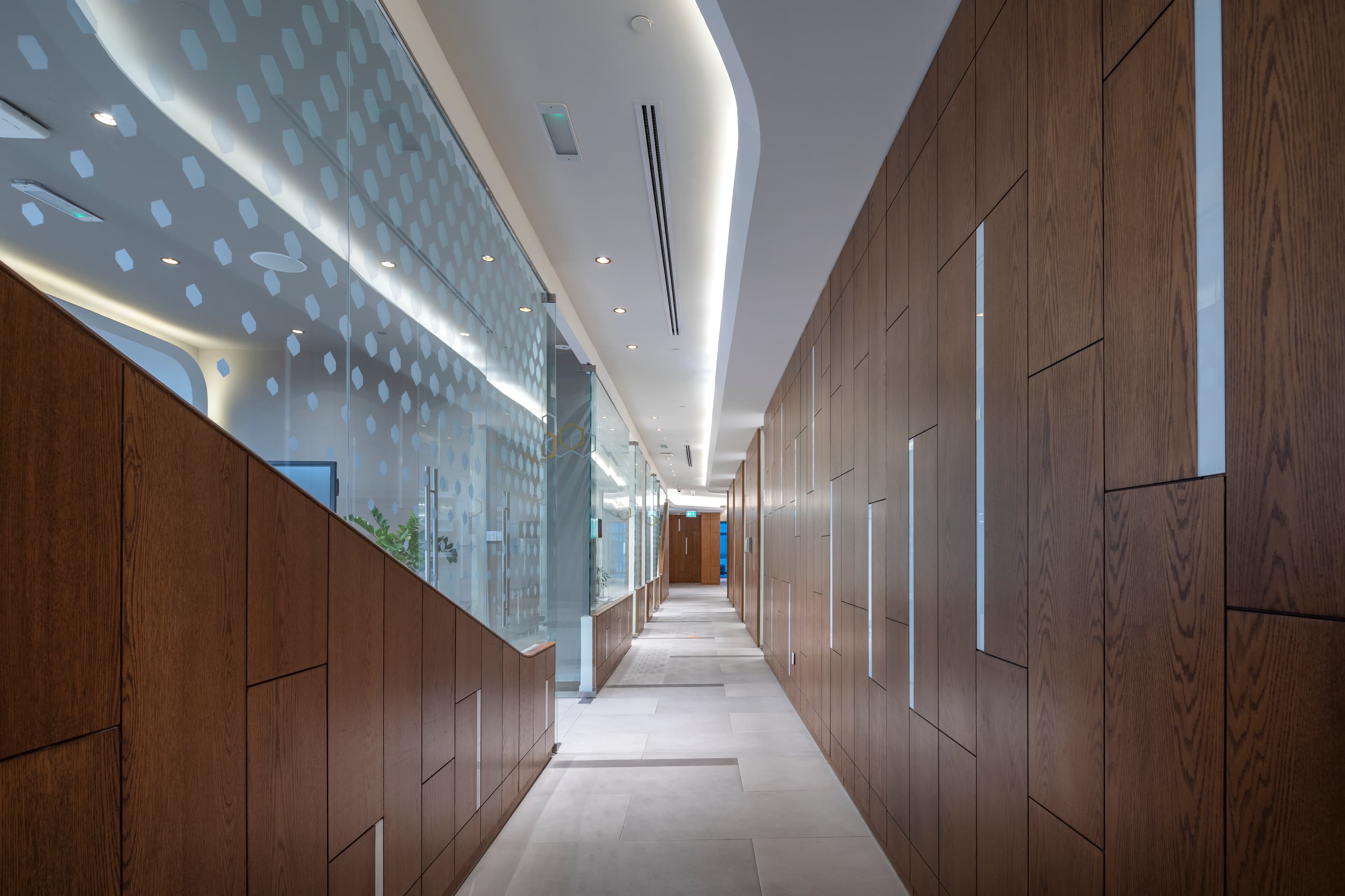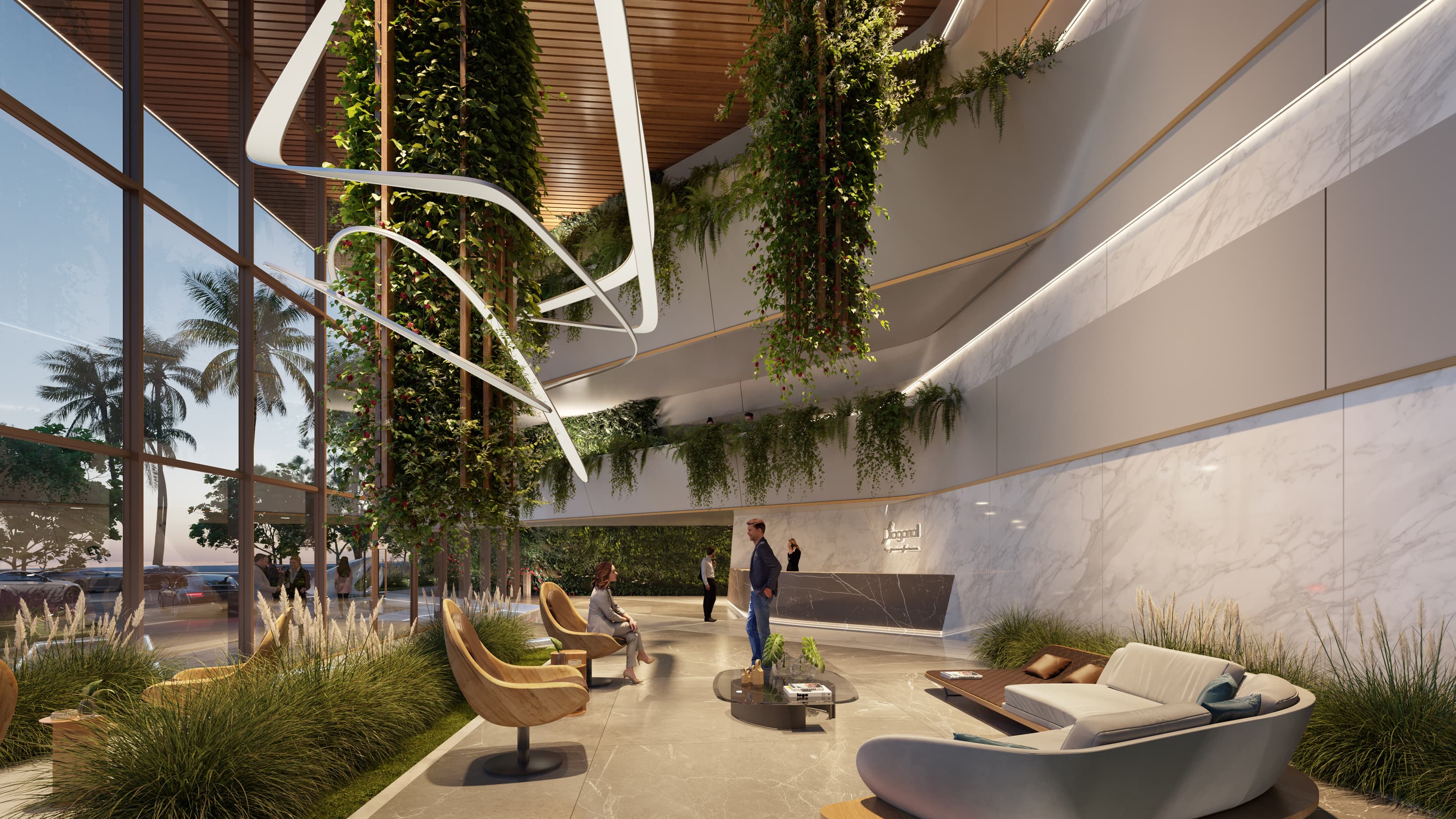In recent years, the nature of work has undergone a profound transformation. Traditional office spaces are evolving into dynamic environments that prioritize collaboration, innovation, and employee well-being. Simultaneously, the hospitality industry has redefined the concept of guest experiences, focusing on creating spaces that foster comfort, engagement, and personalized service. The convergence of these two domains has given rise to the concept of "workspitality" in the architecture space – a harmonious blend of work and hospitality.
Workspitality represents a paradigm shift in the way we perceive and design workspaces. Workspitality embraces a people-centric approach, acknowledging that a positive work environment leads to enhanced productivity, creativity, and overall satisfaction. Drawing inspiration from the hospitality industry, workspaces are now being designed to provide a warm, inviting atmosphere that cultivates a sense of belonging and community among employees. In other words, the physical workplace is shifting from being a mere requirement to becoming a desirable destination.

Infinity Business - Image Courtesy of Pininfarina
Workspitality recognizes the diverse needs and preferences of individuals by providing flexibility. Spaces should be adaptable and provide different settings – such as private workstations, collaborative areas, relaxation zones, and interactive communal spaces – so employees can select the environments that best suit their task, mood, and work style.
Aesthetics obviously plays a crucial role in workspitality, as visually pleasing surroundings have a profound impact on mood and motivation. Biophilic design, natural lighting, and greenery can promote well-being and reduce stress. Thoughtful color schemes, textures, and materials evoke a sense of warmth and comfort.

Bosque Real Office Complex, Mexico City - Image Courtesy of Pininfarina
Workspitality also draws inspiration from the hospitality world by incorporating amenities that enhance employees’ experience such as wellness areas, fitness facilities, on-site cafes or restaurants, relaxation zones, game rooms, and art installations. These features not only foster employee well-being but also encourage collaboration, social interaction, and a healthy work-life balance.
Moreover, technological advancements have significantly influenced the design of workspaces. Workspitality integrates cutting-edge technology seamlessly into the architectural framework. Smart systems, IoT devices, and intuitive digital interfaces enhance efficiency, connectivity, and personalization. This integration ensures a seamless user experience, enabling individuals to focus on their work without disruptions.

Diamond Developers, Dubai - Image Courtesy of Pininfarina
Many of the lobby spaces I design embody this Workspitality concept, with designated areas that cater to both social and work-related activities. They provide a welcoming and comfortable seating area for guests with luxurious furniture, elegant decor, and amenities, as well as dedicated spaces for individuals to conduct online meetings or remote work. This can include private workstations equipped with the necessary technology, such as high-speed internet, video conferencing capabilities, and comfortable seating. These spaces ensure privacy, minimize distractions, and provide a professional work environment.
Workspitality fosters productivity and creativity, thanks to the freedom and comfort that it offers. Individuals become inspired to perform at their best and innovate through collaborating and idea-sharing. Furthermore, it attracts and retains the best talent since work-life integration leads to higher job satisfaction and loyalty. Lastly, it is a crucial factor for reflecting the organization's values and commitment to its employees. Such spaces project a positive brand image, fostering a sense of pride and attracting potential clients, partners, and investors.

